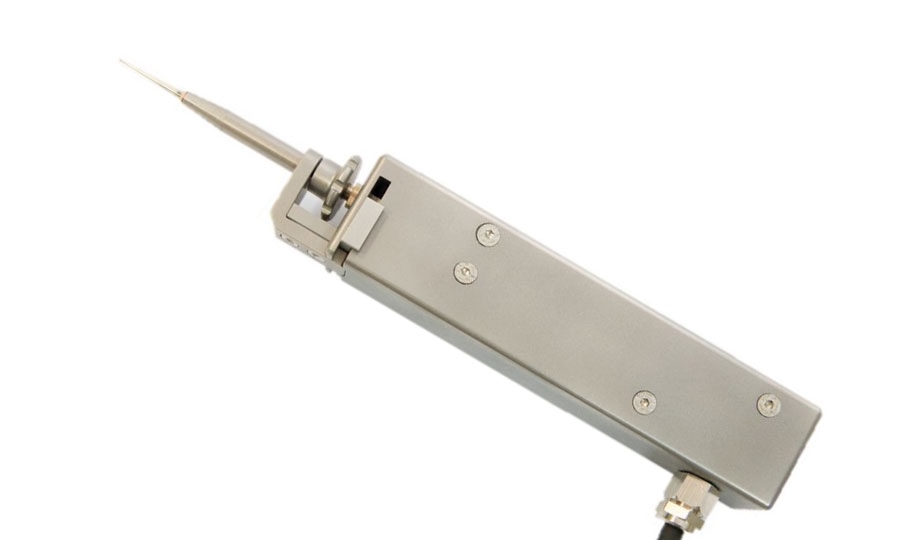Mar 21 2018
In the UK, around 700 people have cochlear implants annually to help them hear when hearing aids cannot help.
 The hand-guided robotic drill unit. Open Access Creative Commons, Brett P, Du X, Zoka-Assadi M, Coulson C, Reid A, Proops D. Feasibility study of a hand-guided robotic drill for cochleostomy. Biomed Res Int. 2014;2014:7.
The hand-guided robotic drill unit. Open Access Creative Commons, Brett P, Du X, Zoka-Assadi M, Coulson C, Reid A, Proops D. Feasibility study of a hand-guided robotic drill for cochleostomy. Biomed Res Int. 2014;2014:7.
To perform the complicated procedure of drilling through bone, into the middle ear and into the cochlea, surgeons have to train for 10 years. If bone dust enters the cochlea, it can result in damaging the balance.
Brunel bioengineers have tested a new robotic hand drill fitted with a smart sensor that halts automatically before it reaches the fragile endosteal membrane in the inner ear.
It reduces the risk of people suffering balance damage. It drills at a much slower pace, which reduces the impact and amount of contact, which means less vibrating, which can damage the cochlea.
Dr Xinli Du, Brunel Institute of Bioengineering
At present, surgeons commonly use a robotic drill linked to a mechanical arm for cochleostomies. However, handheld robotic drills leave a smaller footprint and use more of the surgeon’s dexterity. Also, they are quicker to put together and learn to use, thus minimizing training costs for surgeons.
While typical robotic drills are directed along a pre-planned drill path calculated from a CT image of the patient’s inner ear, the new lightweight tool works based on a unique smart sensing algorithm. With micron-level accuracy, its smart sensing system uses feedback regarding the force and torque between the drill and body part to automatically choose when to halt.
With different people, the tensions will be different and the drilling time will be different. But the force and the torque will be similar.
For the first time, Dr Xinli’s team effectively used the new smart-sensing tool to perform the cochleostomy on humans. In a research published in Robotic Surgery: Research and Reviews, the team practiced on an egg and then performed the operation three times on humans, preserving the fragile endosteal membrane intact.
The hand-guided robotic drill produces consistent outcomes and augments surgeon control and skill. Its benefit is its flexibility to modify the drill’s trajectory, which is vital to avoid slipping. There is anticipated benefit in the reduction of trauma tissue as a result. Potentially it could be developed for NHS use.
Dr Xinli Du, Brunel Institute of Bioengineering
The research paper titled ‘A hand-guided robotic drill for cochleostomy on human cadavers’ has been published in the March 20, 2018, issue of Robotic Surgery: Research and Reviews.